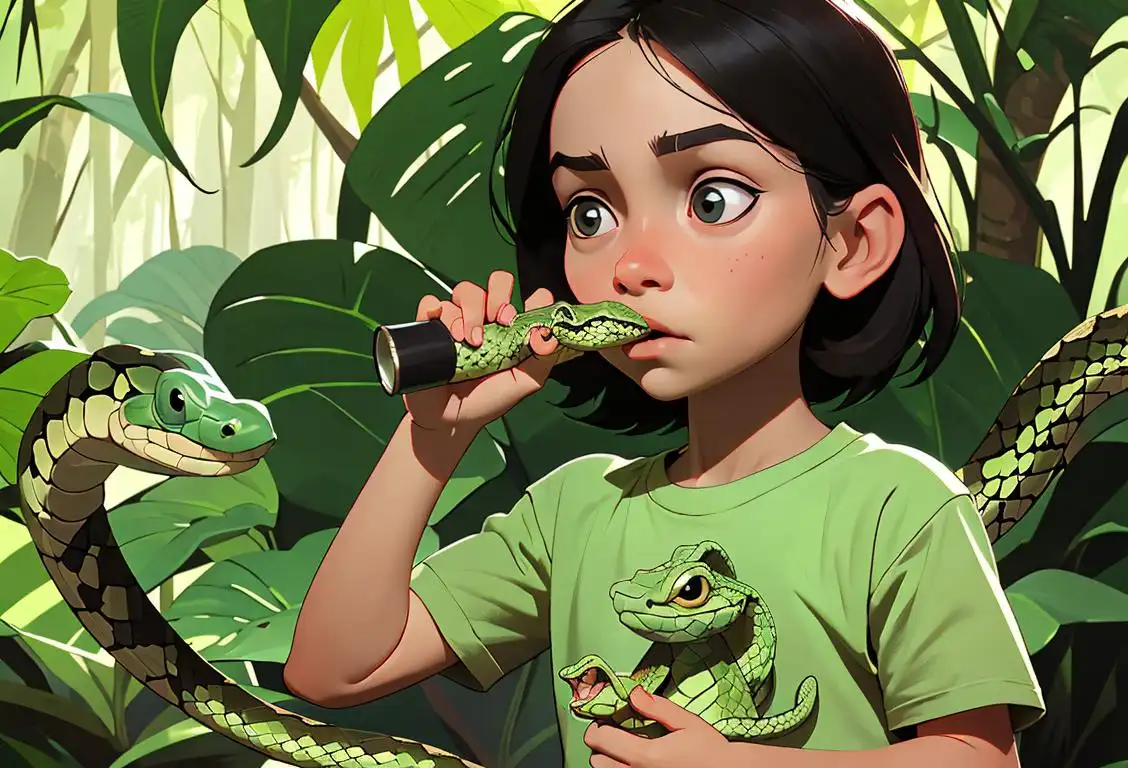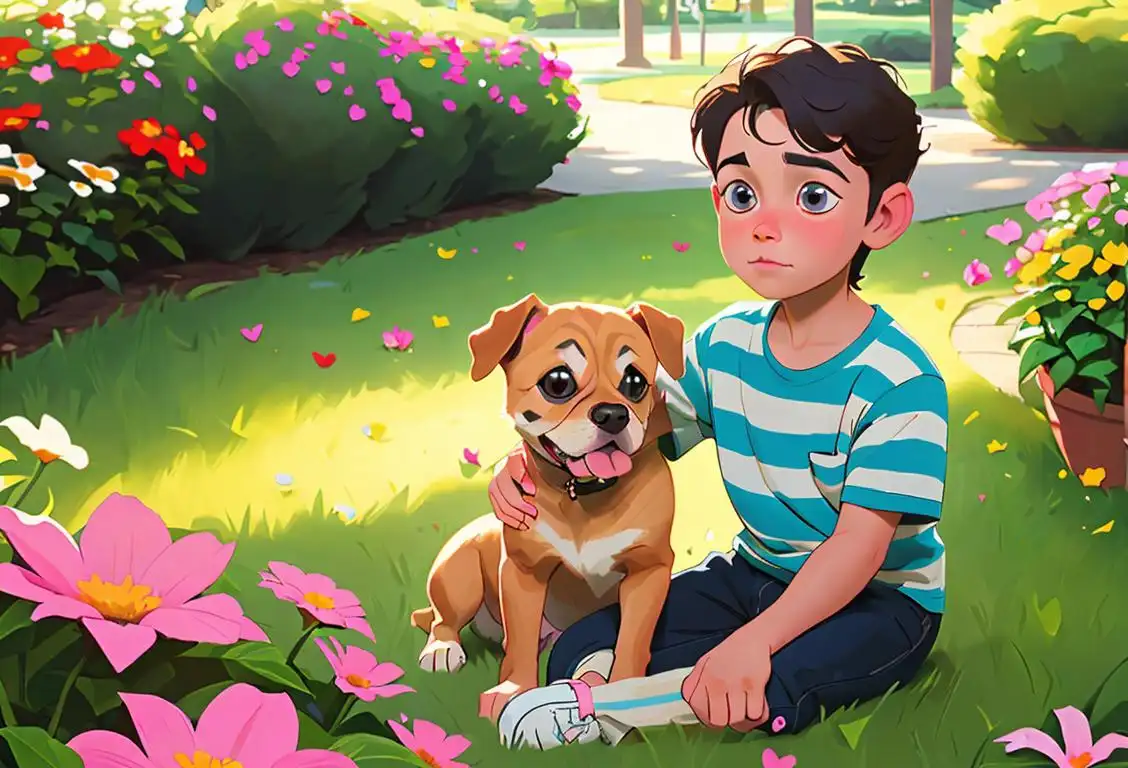National Reptile Day

Are you ready to slither into the fascinating world of reptiles? It's time to celebrate National Reptile Day, a holiday dedicated to these scaly creatures that walk, crawl, and slither among us. Get ready for a wild adventure filled with interesting facts, amazing trivia, and a healthy dose of reptile love!
When is Reptile Day?
It's national reptile day on the 21st October.
Reptiles - Majestic Creatures of the Wild
On National Reptile Day, we pay homage to an incredibly diverse group of animals that have been around for millions of years. From lizards to snakes, turtles to crocodiles, reptiles come in all shapes and sizes. They've managed to adapt and survive through countless changes in the Earth's climate. It's no wonder they deserve a day of appreciation!
Did you know that reptiles are ectothermic? That means they rely on their environment to regulate their body temperature. While some reptiles like basking in the sun, others prefer to hide in the shade. It's their cool way of staying hot!
The Internet's Love for Reptiles
On the internet, reptiles have slithered their way into our hearts through adorable videos, captivating photos, and funny memes. Social media platforms like Instagram and YouTube are teeming with reptile enthusiasts who can't resist sharing their scaly buddies with the world. Thanks to the power of the internet, reptiles have become internet sensations, attracting millions of likes and smiles.
Every October 21st, reptile lovers across the globe take to their keyboards and smartphones to flood the internet with love for their scaled companions. From sharing photos of pet reptiles to engaging in discussions about reptile care and conservation, the online reptile community comes alive on National Reptile Day.
Fun Reptile Fact: The Agile Anole
Did you know that the Green Anole lizard can change its color? That's right! These small lizards are masters of disguise. Whether it's to blend in with their surroundings or to communicate with other lizards, the Green Anole can shift from bright green to dark brown and anything in between. Talk about having a wardrobe of colors!
History behind the term 'Reptile'
1550
The First Recorded Use
The term 'reptile' made its first appearance in the English language in the year 1550. It was derived from the Latin word 'reptilis,' meaning 'creeping' or 'crawling.' This term was used to describe various cold-blooded animals that have scaly skins and lay eggs on land. Back then, the word 'reptile' encompassed a wide range of creatures, including snakes, turtles, lizards, and crocodiles.
1822
The Introduction of Reptilia
In 1822, French naturalist Pierre André Latreille introduced the concept of classifying reptiles under the taxonomic group Reptilia. This was a significant milestone as it helped categorize reptiles as a distinct and separate class of animals within the animal kingdom. Reptilia comprises four orders: Squamata (snakes and lizards), Testudines (turtles and tortoises), Crocodilia (crocodiles and alligators), and Sphenodontia (tuataras). Latreille's classification system laid the foundation for modern scientific understanding of reptiles.
1843
Reptilia as a Distinct Class
In 1843, English biologist Thomas Henry Huxley further solidified the classification of reptiles by defining them as a distinct class, separate from mammals, birds, and amphibians. Huxley's work emphasized the unique characteristics of reptiles, such as their scales, cold-blooded nature, and ability to lay eggs on land. This recognition helped establish reptiles as a crucial component of the animal kingdom and led to increased scientific study and understanding of these fascinating creatures.
1866
Evolutionary Insights
In 1866, British biologist Thomas Huxley's colleague, Ernst Haeckel, proposed an evolutionary context for reptiles. Haeckel argued that reptiles were a link between amphibians and birds, representing an intermediate stage in the evolutionary transition from aquatic to fully terrestrial life. This insight shed light on the evolutionary history of reptiles and provided a framework for understanding their unique adaptations and ecological roles.
20th Century
Reptile Conservation Efforts
During the 20th century, increasing human activities such as habitat destruction and overexploitation posed significant threats to reptile populations worldwide. As a result, conservation efforts gained momentum, focusing on protecting and preserving reptile species and their habitats. Various organizations and initiatives, both governmental and non-governmental, have been working to raise awareness, implement conservation programs, and study reptiles to ensure their survival for future generations.
Did you know?
Did you know that the Green Anole lizard can change its color?Tagged
awareness funFirst identified
21st October 2015Most mentioned on
21st October 2019Total mentions
198Other days
Nurses Day
Former Prisoner Of War Recognition Day
Press Day
Handloom Day
Heroes Day
Memorial Day
Dance Day
Bestfriends Day
Liberation Day
Love Your Pet Day









